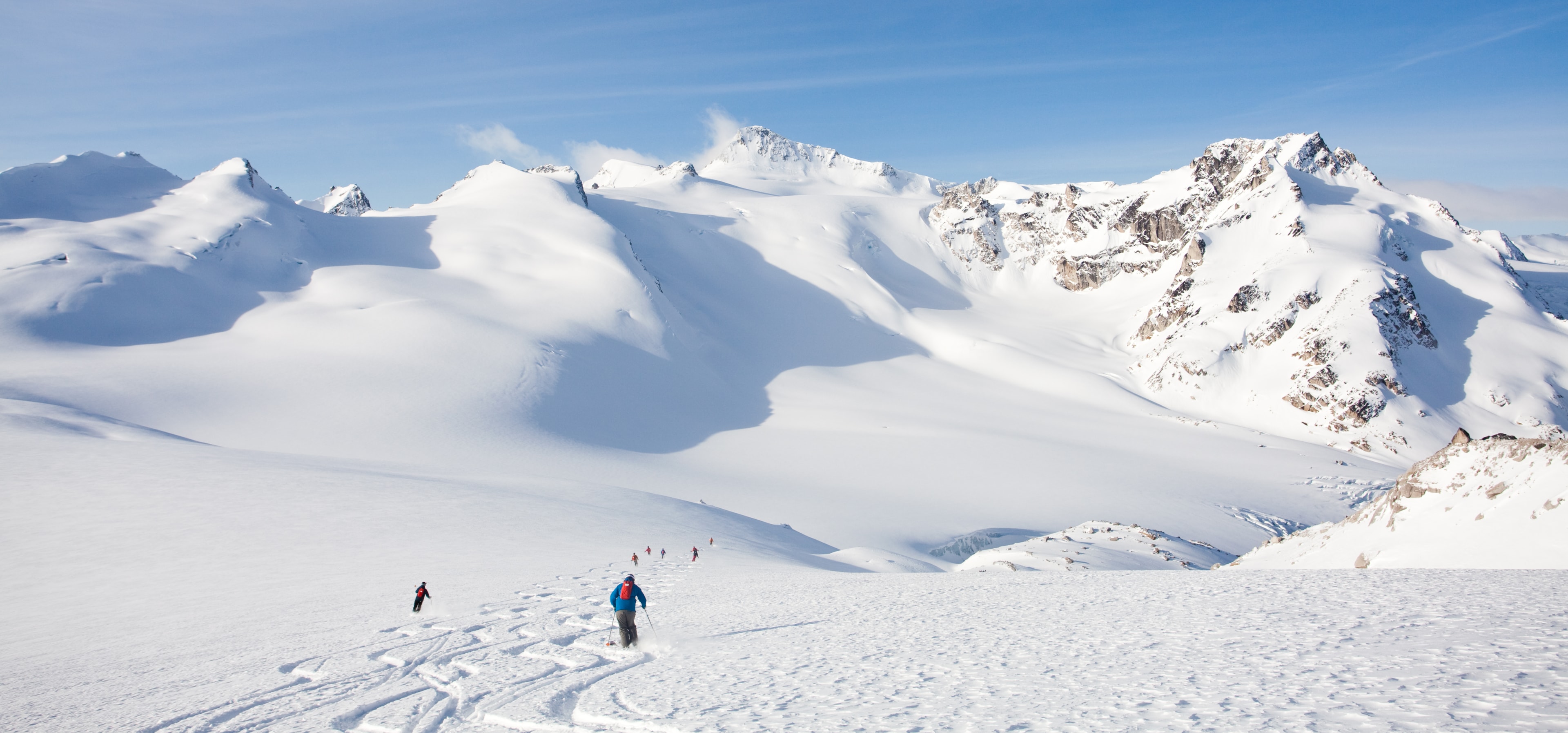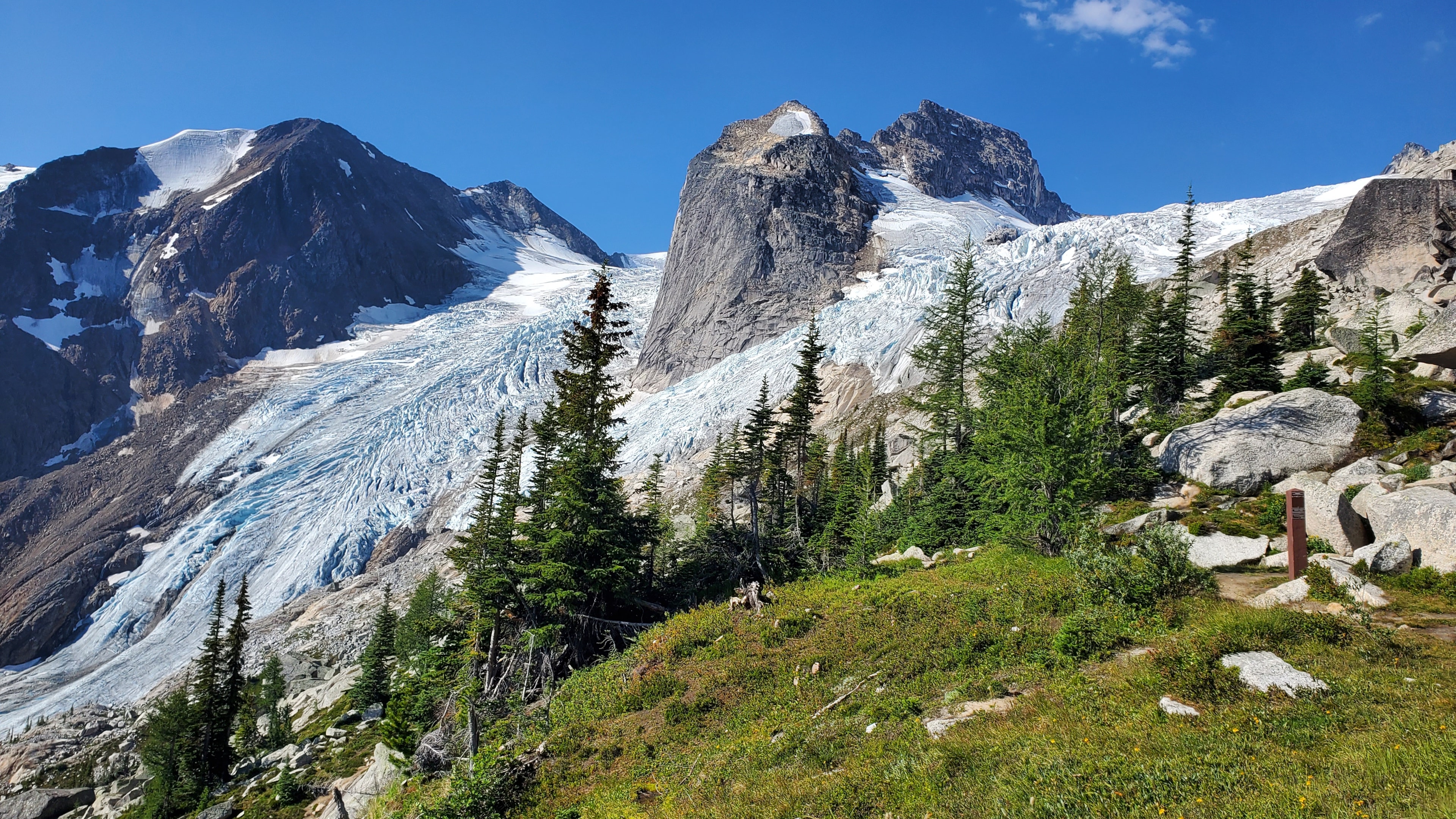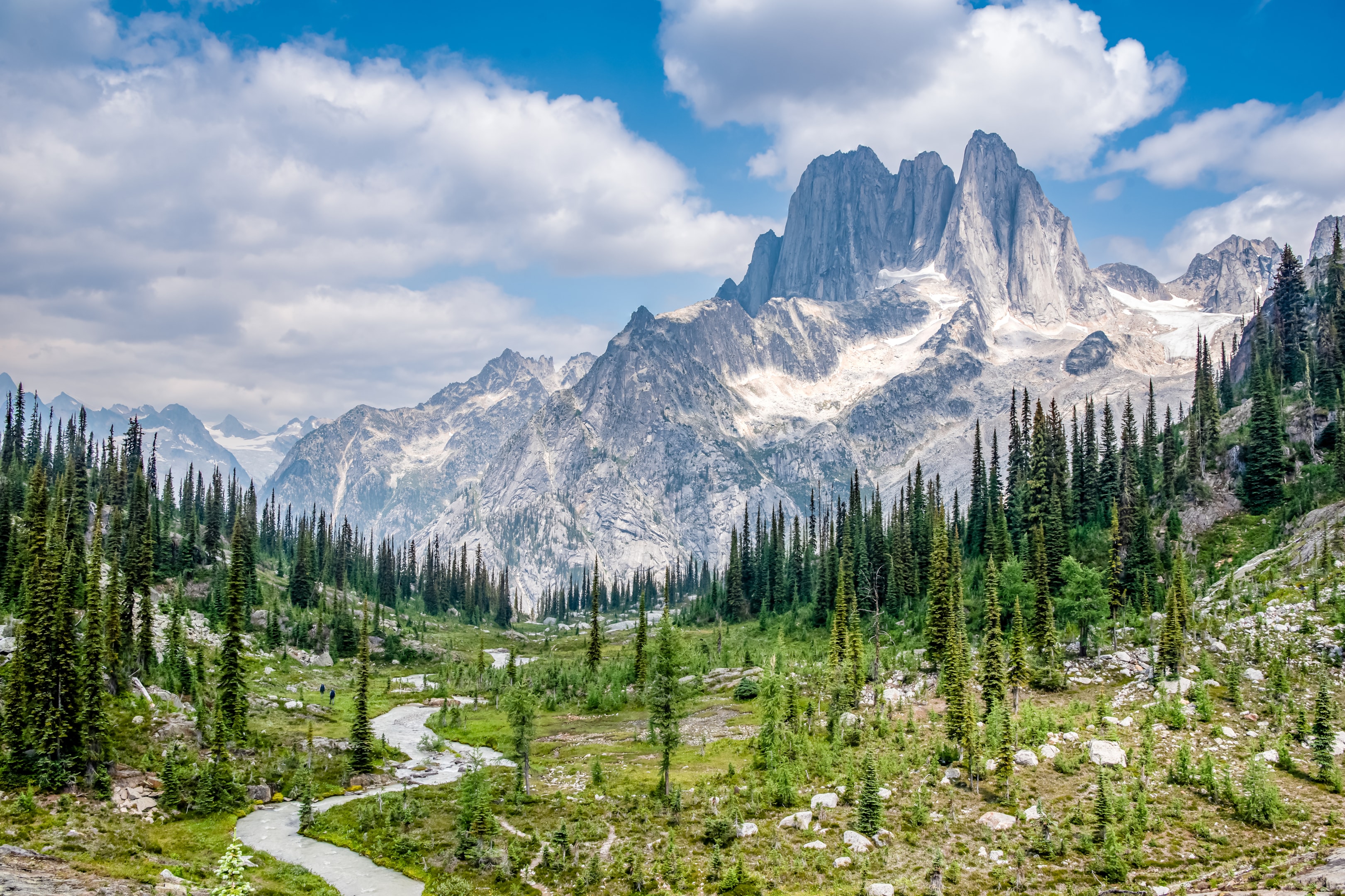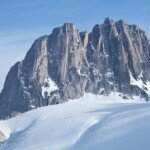Nestled in the southeastern corner of British Columbia, the Purcell Mountains are a paradise for adventurers, offering world-class backcountry skiing, breathtaking alpine scenery, and a deep-rooted history of conservation. Among its most iconic landscapes is Jumbo Valley—an ecological and cultural gem that has been at the heart of a decades-long battle to keep it wild. Today, the Purcells remain a must-visit destination for outdoor enthusiasts who seek both adventure and a connection to pristine wilderness.
Backcountry Skiing in the Purcell Mountains, British Columbia
For skiers looking to escape the crowds of major resorts, the Purcell Mountains deliver unparalleled backcountry experiences. Education and training are crucial for safely navigating avalanche terrain, highlighting the importance of understanding avalanche risks, using rescue tools, and completing formal avalanche safety courses. With deep powder, rugged alpine terrain, and well-established lodges offering guided tours, this region has become a premier destination for ski touring and heli-skiing.
What sets the Purcell Mountains apart is their unique ecological area, including the moist western slopes characterized by a distinct temperate rainforest ecosystem comprised of large cedars and hemlocks. This region, notable for its geographic separation from oceanic influences, serves as a critical habitat for diverse wildlife, contrasting sharply with the drier East Kootenay area impacted by a rain shadow effect.

Discovering the Purcell Mountains
Nestled in the southeastern corner of British Columbia, the Purcell Mountains are a majestic range that beckons adventurers and nature lovers alike. This rugged and scenic region is a haven for diverse flora and fauna, including the iconic grizzly bears and elusive mountain caribou. The Purcells offer a playground for backcountry skiing, alpine touring, and telemark skiing, making it a sought-after destination for winter sports enthusiasts.
Stretching across the heart of the Rocky Mountain Trench, the Purcell Mountains are flanked by the mighty Columbia River, which winds its way through this untouched wilderness. The Rocky Mountain Trench itself is a 200-kilometer-long stretch of undeveloped wetlands, one of the longest in North America, providing a crucial migratory bird habitat and supporting a rich ecosystem.
What sets the Purcell Mountains apart is their unique temperate rainforest, far removed from the ocean yet thriving with towering cedars and hemlocks. This moist western slope is a testament to the region’s ecological diversity and underscores the importance of preserving such unique environments. Whether you’re carving fresh tracks on your backcountry skis or simply soaking in the breathtaking vistas, the Purcell Mountains promise an unforgettable experience.

Top Backcountry Skiing Destinations in the Purcells, British Columbia
- Purcell Mountain Lodge – Accessible via helicopter, this lodge offers a luxurious backcountry experience with guided ski touring in untouched terrain. For those interested in telemark skiing, the use of telemark bindings allows skiers to keep their heels free throughout the descent, enhancing the experience.
- Chatter Creek Mountain Lodges – Located northwest of Golden, BC, this remote lodge provides snowcat-assisted backcountry skiing for those looking for deep powder turns. The importance of ski edges for grip and control in varied snow conditions cannot be overstated, ensuring a safe and enjoyable descent.
- Mistaya Lodge – A secluded backcountry haven offering small-group ski touring and stunning alpine views.
Exploring the Purcell Region
The Purcell Region is a vast expanse of wilderness, offering endless opportunities for exploration and adventure. At the heart of this region lies the Purcell Wilderness Conservancy, a provincial park established in 1974 to safeguard its ecological and recreational values. This protected area is a sanctuary for wildlife, including grizzly bears, mountain caribou, and wolverines, and provides a pristine backdrop for outdoor activities.
For those seeking the thrill of the slopes, the Purcell Region does not disappoint. The Jumbo Glacier Resort, situated in the heart of the Purcell Mountains, offers a range of skiing and snowboarding experiences, from groomed runs to challenging backcountry terrain. Alpine touring enthusiasts will find the untouched powder and rugged landscapes particularly enticing.
Beyond the winter sports, the Purcell Region is a paradise for hikers, campers, and wildlife watchers. The region’s remote and unspoiled nature allows for intimate encounters with its diverse wildlife and stunning landscapes. Whether you’re navigating the trails of the Purcell Wilderness Conservancy or exploring the lesser-known corners of this vast region, the Purcell Mountains offer a true wilderness experience.

Safety and Preparation
Backcountry skiing in the Purcells requires avalanche awareness and proper gear. Checking avalanche forecasts and hiring ACMG-certified guides can make all the difference in ensuring a safe and exhilarating adventure. Understanding and navigating avalanche terrain is crucial for a safe backcountry skiing experience.
The Fight to Keep Jumbo Valley Wild
While the Purcell Mountains are known for their outdoor recreation opportunities, Jumbo Valley stands out as a symbol of conservation success. The Purcell mountains form a significant ecological and geological landscape. For nearly three decades, this valley was at the center of a heated battle against a proposed year-round ski resort—one that would have transformed 60 square kilometers of pristine wilderness.
The project faced fierce opposition from local communities, environmental groups, and the Ktunaxa Nation, who view the valley as Qat’muk, the sacred home of the grizzly bear spirit. Unlike the upstart Rocky Mountains, the ancient Purcell Mountains hold immense historical and ecological importance. After years of legal battles, protests, and advocacy, the fight to protect Jumbo Valley was won in 2020 when it was officially designated as an Indigenous Protected and Conserved Area (IPCA). Today, the valley remains untouched, preserving both its ecological integrity and cultural significance.
Adventure Meets Conservation
Tourists visiting the Purcell Mountains can experience the best of both worlds—thrilling outdoor adventures and a landscape rich in conservation history. The moist western slopes, a unique ecological area within the Purcell Mountains, are characterized by a distinct temperate rainforest ecosystem comprised of large cedars and hemlocks. Whether it’s ski touring through untouched powder, hiking in the summer months, or learning about the Indigenous-led conservation efforts in Jumbo Valley, this region offers something for every nature lover.
The story of Jumbo Valley serves as a reminder of the importance of protecting wild spaces. As backcountry skiing and ecotourism continue to grow, sustainable travel practices and respect for Indigenous stewardship ensure that the Purcells remain a haven for generations to come.
Cultural Significance of the Purcells
The Purcell Mountains are steeped in cultural history, with a legacy of human habitation and use that spans centuries. The Ktunaxa Nation, whose traditional territory encompasses the Purcell Mountains, has a deep connection to this land. The region is not only a natural wonder but also a cultural landscape rich with stories and traditions.
One of the historic highlights of the Purcell Mountains is the Earl Grey Trail. Originally used by First Nations people and early settlers as a vital access and supply route, the trail was later named in honor of Earl Grey, Canada’s Governor General from 1904 to 1911, who traversed the Purcells in 1908. This historic trail offers a glimpse into the past and the enduring connection between people and the land.
In the past, the Purcell Mountains were central to the region’s economy, with mining and logging playing significant roles. Today, however, there is a strong focus on sustainable tourism and conservation. Efforts are underway to protect the natural and cultural heritage of the Purcells, ensuring that future generations can continue to enjoy and learn from this remarkable region.
Plan Your Trip to the Purcells
From Golden to Invermere, the gateway towns to the Purcells offer a range of accommodations, guided tour options, and local businesses that cater to backcountry skiers and outdoor enthusiasts. Telemark bindings are a great option for backcountry skiers, allowing the heels to remain free throughout the descent and requiring adaptation to the telemark turn technique for effective skiing. By choosing eco-friendly lodges and supporting local conservation efforts, visitors can contribute to keeping this spectacular region wild.
For more information on backcountry skiing, guided tours, and conservation initiatives in the Purcell Mountains, visit Keep It Wild and Wildsight. Ski edges play a critical role in providing grip and control during downhill travel, especially on varied snow conditions, making them essential for a successful backcountry skiing experience.
Conclusion
The Purcell Mountains are a treasure trove of natural beauty and cultural heritage, offering a unique blend of outdoor adventure and ecological significance. From backcountry skiing and alpine touring to telemark skiing and wildlife viewing, the Purcells provide endless opportunities for exploration and enjoyment.
Conservation efforts, such as the establishment of the Purcell Wilderness Conservancy and the protection of Jumbo Valley, are crucial in preserving this pristine region. These initiatives ensure that the Purcell Mountains remain a sanctuary for wildlife and a testament to the region’s rich cultural history.
For those seeking a truly unique and special destination, the Purcell Mountains are a must-visit. With their stunning scenery, diverse wildlife, and deep cultural roots, the Purcells offer an unparalleled experience for nature lovers and adventurers alike. By supporting sustainable tourism and conservation efforts, visitors can help protect this extraordinary region for generations to come.


